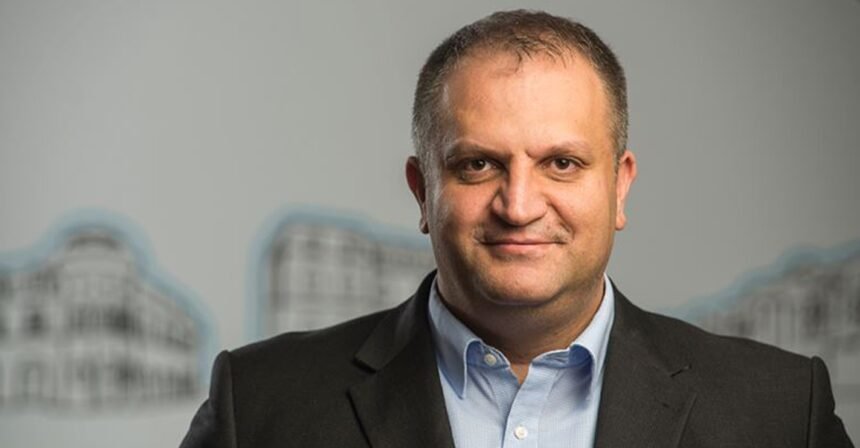Former Mayor of Prishtina, Shpend Ahmeti, reacted to recent debates regarding the operation and financing of Urban Traffic.
In a Facebook post, Ahmeti explained the financial model that was established while he led the municipality. He emphasized that in order to secure loans for 51 new buses, Urban Traffic had to guarantee sufficient revenue to repay the loans.
Ahmeti stressed that public transport should not be treated as a profit-making business but as a public service. Therefore, the municipality had an obligation to subsidize every kilometer operated.
Full Post:
“The Urban Traffic model we built works as follows:
- To secure loans for 51 buses, Urban Traffic had to ensure it had sufficient income to repay the loans.
- Public transport is a public interest. Routes to villages, such as those in Gollak, may not be financially profitable but serve the public interest.
- For this reason, we set the municipality to pay Urban Traffic per kilometer operated. Where Urban Traffic has no financial interest, the municipality has a public interest. This guarantees revenue to repay loans regardless of the number of passengers.
- The financial model was built personally by me and a UK consultant.
- Cost per kilometer included Urban Traffic expenses and loan repayments for the new buses.
- Cost per km × km – ticket revenue = monthly invoice for the municipality.
- When someone from the municipality claims waiving fees has no effect – it’s false. You can exempt categories like pensioners, but someone has to pay. We waived fees for pensioners, but the municipality covered the cost, as the model required. You can’t waive fees during campaigns and three days later claim to be out of funds.
- Public transport without municipal subsidies cannot function. You need routes even with only two passengers to encourage citizens not to use private cars, even at a loss.
- Our model has been used as an example by the EBRD. We also left agreements for 30 more buses (including 8 electric) based on the performance of the first loan. Why it wasn’t implemented, I don’t know.
The damage to citizens is significant. The fault is widespread. Responsibility is shared. It’s easy to destroy; it’s hard to fix.”








